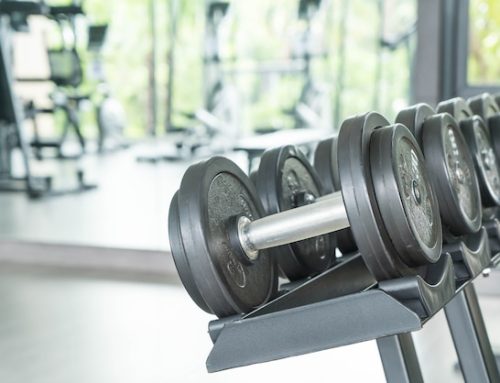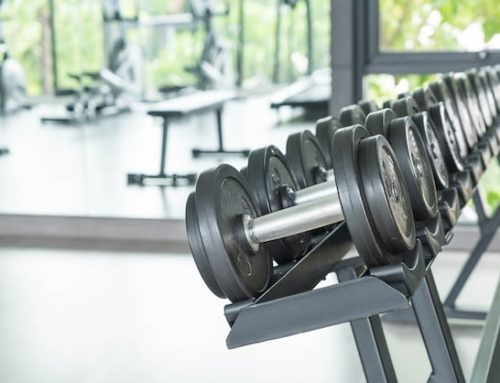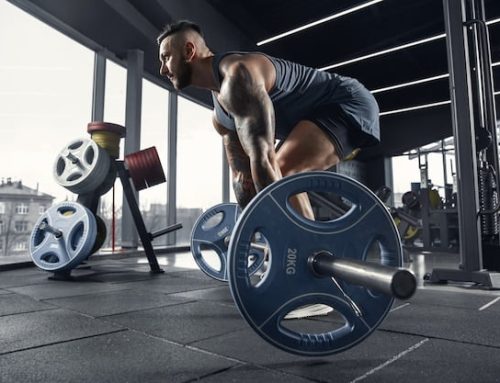Introduction
Weightlifting is not just about developing big muscles and lifting heavy weights. It is a sport that requires discipline, commitment, and dedication. It also involves understanding how the human body works and how to work with it to achieve optimal results. One question that a lot of weightlifters ask is, at what age are you the strongest male? In this blog post, we’ll explore this question and provide some insights into how age affects male strength.
The Peak Athletic Age
It’s a well-known fact that men reach their peak athletic performance in their 20s and early 30s. This is when men have the most strength, speed, and endurance. At this age, men have the most muscle mass, and their testosterone levels are at their highest. This combination of factors makes them the most powerful and agile they will ever be.
Strength Training in Your 20s and 30s
If you’re in your 20s or 30s, this is the perfect time to take advantage of your peak athletic age. If you’re interested in weightlifting, you have the potential to make significant progress in your strength training. The key to success is to start slowly and build up your strength over time. It’s also important to vary your workout routine to keep your muscles guessing and prevent plateaus.
Strength Training in Your 40s and 50s
As men age, their testosterone levels decline, and their muscle mass decreases. This means that they are not as strong as they were in their 20s and 30s. However, this doesn’t mean that they can’t still make progress in their strength training. With the right workout routine, men in their 40s and 50s can still increase their muscle mass and strength.
Changes in Muscle Fiber Composition with Age
As men age, there are changes in the composition of their muscle fibers. There is a shift from fast-twitch muscle fibers to slow-twitch muscle fibers. Fast-twitch muscle fibers are responsible for explosive movements and power, while slow-twitch muscle fibers are responsible for endurance activities. This shift in muscle fiber composition makes it more challenging for men to build strength as they age.
Preventing Injuries as You Age
When weightlifting, it’s important to listen to your body and be mindful of the risk of injury. As men age, their joints and tendons become less flexible, making them more susceptible to injury. It’s important to warm up properly before each workout and stretch after each workout. It’s also crucial to use proper form when lifting weights to avoid strain on your joints and back.
Conclusion
In conclusion, men are strongest in their 20s and early 30s. This is when they have the most muscle mass and testosterone levels, making them the most powerful and agile they will ever be. However, weightlifting is still possible and beneficial for men in their 40s and 50s. With the right workout routine and preventative measures, men can continue to build strength and prevent injury as they age. Remember, weightlifting is a lifelong journey, and progress comes with discipline, commitment, and dedication.






